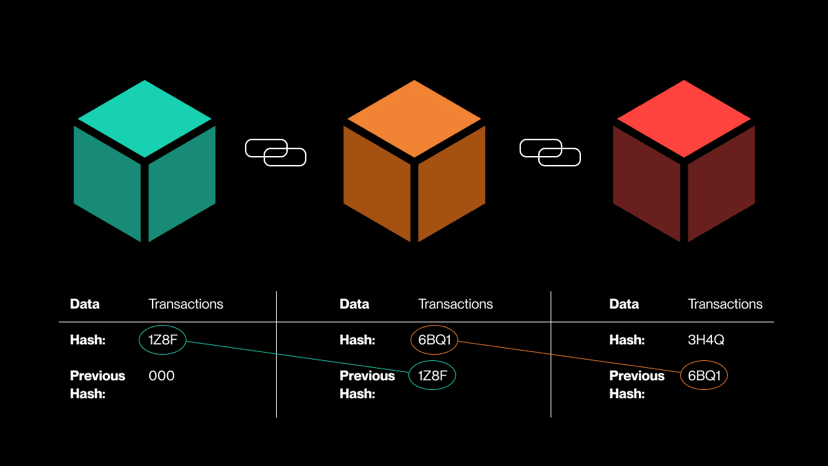To determine whether a chain is suitable for long-term business, it is best to start with its upgrade rhythm and types of changes. The Kava 16 mainnet upgrade on April 24, 2024, is a reference point: the community announced the release time and block height in advance, and the core changes can be found in both the release notes and the code repository.
This 'traceable and verifiable' upgrade process is the detail that the compliance team cares about the most. For dApps, this means you can rhythmically schedule contract regression tests and node/SDK upgrade windows without being dragged down by 'sudden forks'.
From the capability side, Kava's EVM is not as simple as 'just compatible'. The official development documentation positions it as 'the EVM platform within the Cosmos ecosystem', bridging rapid finality, IBC, and EVM toolchains through the modularity of the Cosmos SDK. The most direct benefit for developers is the reduction of cross-stack integration costs: to get on IBC, you go through the Cosmos side, and to use existing EVM debugging and monitoring tools, you stay on the Ethereum side, avoiding additional adaptations at the bridge and oracle layers. For multi-chain indexing, infrastructure like SubQuery has already provided templates and quick starts for Kava multi-chain indexing, indicating considerable readiness in 'data visibility'.
The rhythm of upgrades and ecological tools also has a synergistic effect: the controllability of migration risks. When you move a set of production operations to Kava, the biggest concern is 'upgrading tomorrow, notifying today' or 'incompatibility of compiler/runtime after the upgrade'. From Kava's public records over the past two years, the team has normalized the communication of release notes, compatibility prompts, and community updates; for businesses primarily focused on stablecoins and lending, this predictable operational rhythm is more valuable than short-term subsidies.
@kava #KavaBNBChainSummer $KAVA
